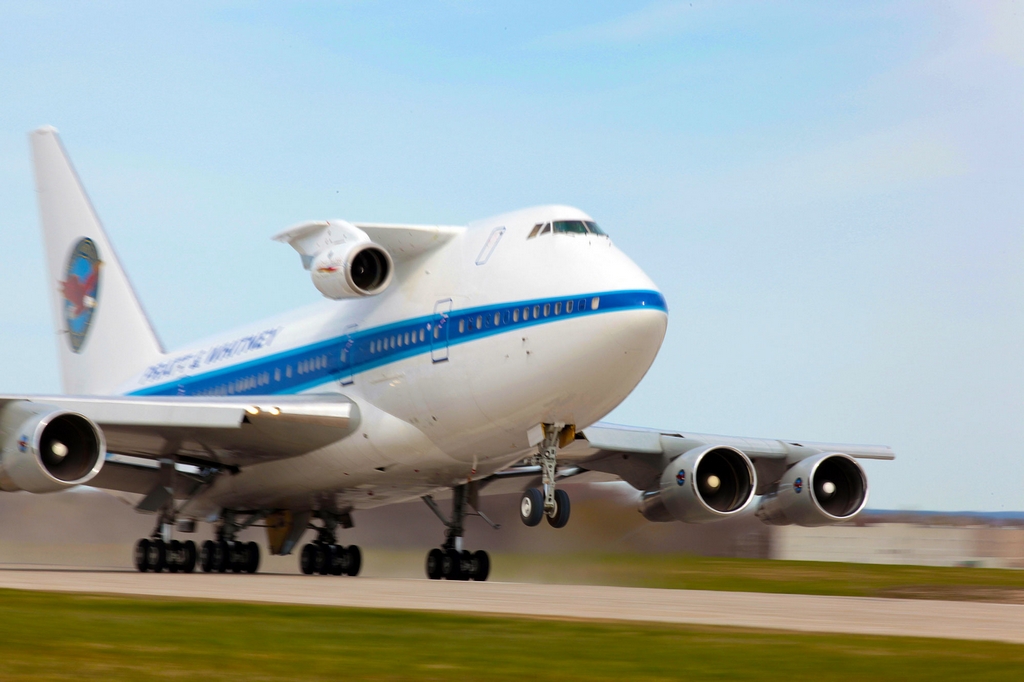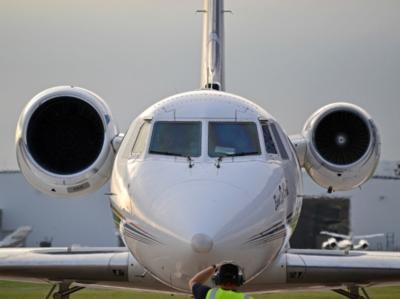ramana wrote:JayS, If civil airlines jet engines are flat rated, then what's the problem with the Kaveri?
Is flat rating another red herring?
One sentence answer - The problem with Kaveri is that we are doing nothing to fix it.
The civil engines of today's edge are definitely more advanced than Kaveri from all perspectives. And Flat rating does help them in maintaining high life for hot components. So its win-win for them.
Flat rating makes task difficult, yes. But not unachievable. For Kaveri, they almost achieved designed dry thrust. As I have been saying here all the while and Madhu confirmed from his conversation with GTRE ex-Chief, the shortfall is due to minor issues here and there. Look at the efficiency numbers for example for Kaveri modules - all at 85%. Whereas other engines like M88 or F404 have efficiencies touching 90%. State of the art engines such as F135 would have even higher efficiencies. For each % efficiency gain you get about ~1% gain in overall engine efficiency i.e. better sfc and better thrust. If GTRE can manage to improve a bit on all compressors and turbines' efifciencies by 1-2% they will be very close to the design dry thrust value. The loss in combustor is ~5%. Its ~3% for better engines. Combustion efficiency is 99.5%. It could be 99.99%. I don't know if they have things like Active tip gap control system to reduce secondary losses. GTRE's HPT cooling tech is bit lagging. And they do not have SCBs in HPT. Things like infusion of 3D aerodynamics would help. But they do not have 3D aero technology. (They couldn't have made everything under the Sun in 2000Cr funding, now, could they..? You don't get these things available in commercial CFD codes. These things are proprietary and take considerable time, efforts, test data and money to build). I had listed once some low hanging fruits for Kaveri improvements, IMO. Every small bit counts.
Since GTRE does not have funding and test facilities to actually try and fail and learn a lot of tricks of the trade, they need consultancy. We would rather throw goras dollah than giving the same amount to our own brown brothers. For last 4-5yrs nothing really is happening. GOI is pinning hopes on French for last 2yrs while nothing has come from that side yet. While they are not releasing money for K-10 and Flight test bed. They are not giving MiG29 to GTRE, they are not giving LCA airframe requested by GTRE for HSTT. They are literally doing nothing. Just expecting Snecma to come and fix everything one fine day. Even that deal is not signed in almost 2yrs now. Last year they were saying Kaveri will be flying in LCA in AI-19. One year is gone and nothing has happened. Nothing will happen in next one year as well.
After it was delinked from LCA project in like 2008 or so, they should have just focused on making Kaveri fly. Goal should have been to have a flying reliable engine whatever may be the T:W ratio or max thrust. If it was 100kg overweight, so be it. If it gives 10% less thrust so be it. Even now our aim should be only that. Side by side a parallel efforts could be made to improve performance, by leveraging academia/industry and other resources. But how will you make Kaveri flight worthy, if you do not have a damn aircraft to put the engine in..?
PS: Ramana Sir, check this table from the link. It shows technology levels for Jet engine. Compare the numbers with those from Madhu's excel sheet. You will get a rough idea where Kaveri stands overall. Flat rating add more challenge and demands better tech level than otherwise needed to achieve same thrust/SFC goals, and thus puts Kaveri at further disadvantage. As of now Kaveri is between level 2 and 3 from the table.
https://books.google.se/books?id=2Wy5rp ... &q&f=false



